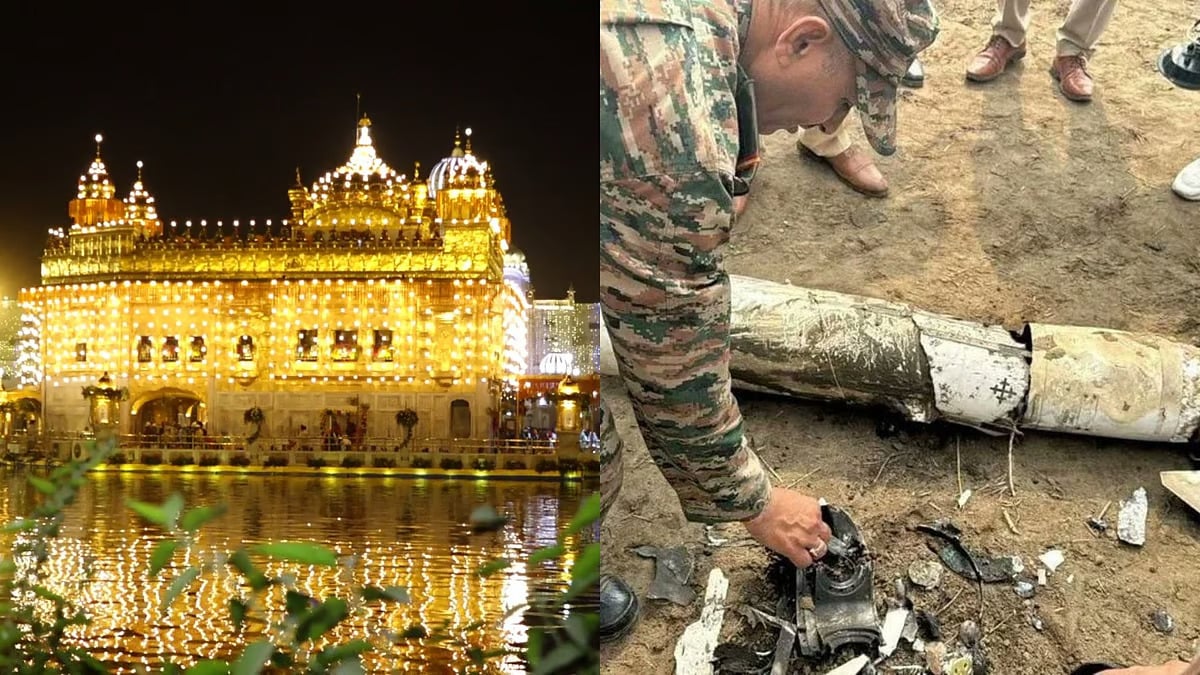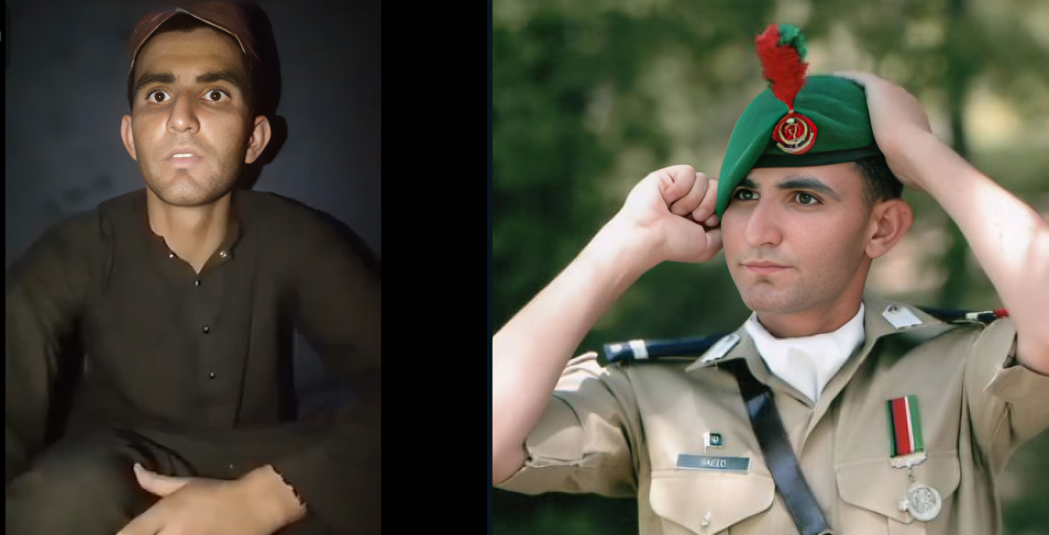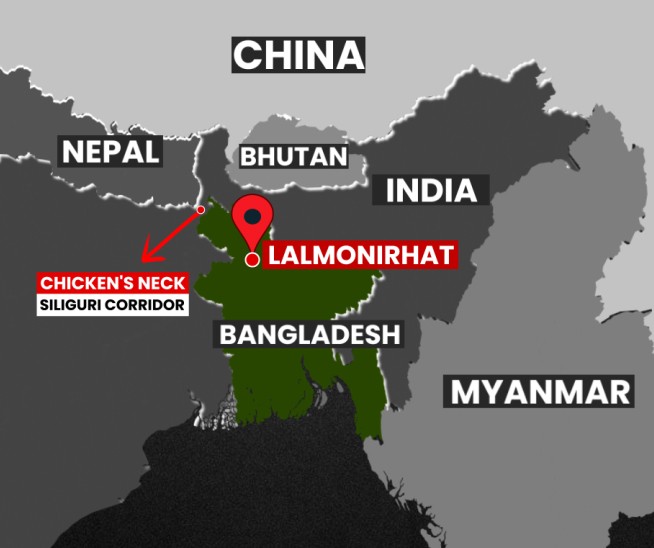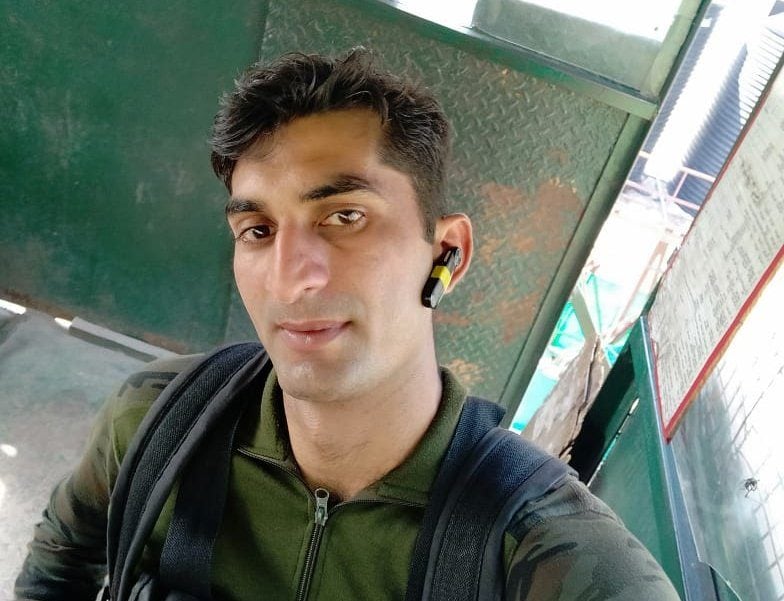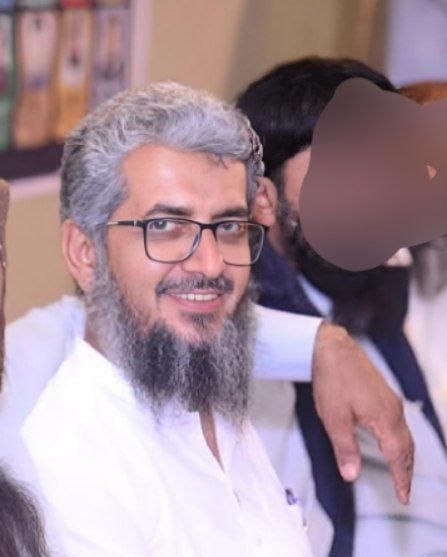How Did India Thwart Pakistan’s Attempt to Attack Golden Temple?
In a stunning demonstration of military preparedness and resolve, Indian Air Defence forces successfully thwarted a large-scale Pakistani aerial assault…
Pakistan Army Officer Abducted by TTP Amid Rising Internal Security Concerns
In a significant blow to Pakistan’s internal security apparatus, a Pakistan Army officer, Syed Ahmed, has been abducted by the…
What Will Be The Impact of Trade Restrictions Between India and Bangladesh?
India and Bangladesh share a robust trade relationship, with Bangladesh ranking among India's top trading partners in South Asia. Bilateral…
China Aids Revival of WWII-Era Bangladeshi Airbase Near Siliguri
China’s reported involvement in reviving the long-abandoned Lalmonirhat airbase in northern Bangladesh, just 135 kilometres from India’s critical Siliguri Corridor,…
Haryana’s Lance Naik Manoj Phogat Cremated with Full Military Honours in Charkhi Dadri
Lance Naik Manoj Phogat, who was martyred due to a gunshot injury while serving on the Punjab border, was cremated…
Top LeT Commander and RSS Attack Plotter Abu Saifullah Shot Dead in Pakistan
Razaullah Nizamani, alias Ghazi Abu Saifullah Khalid, a top Lashkar-e-Taiba (LeT) terrorist and close aide of Hafiz Saeed, was shot…

